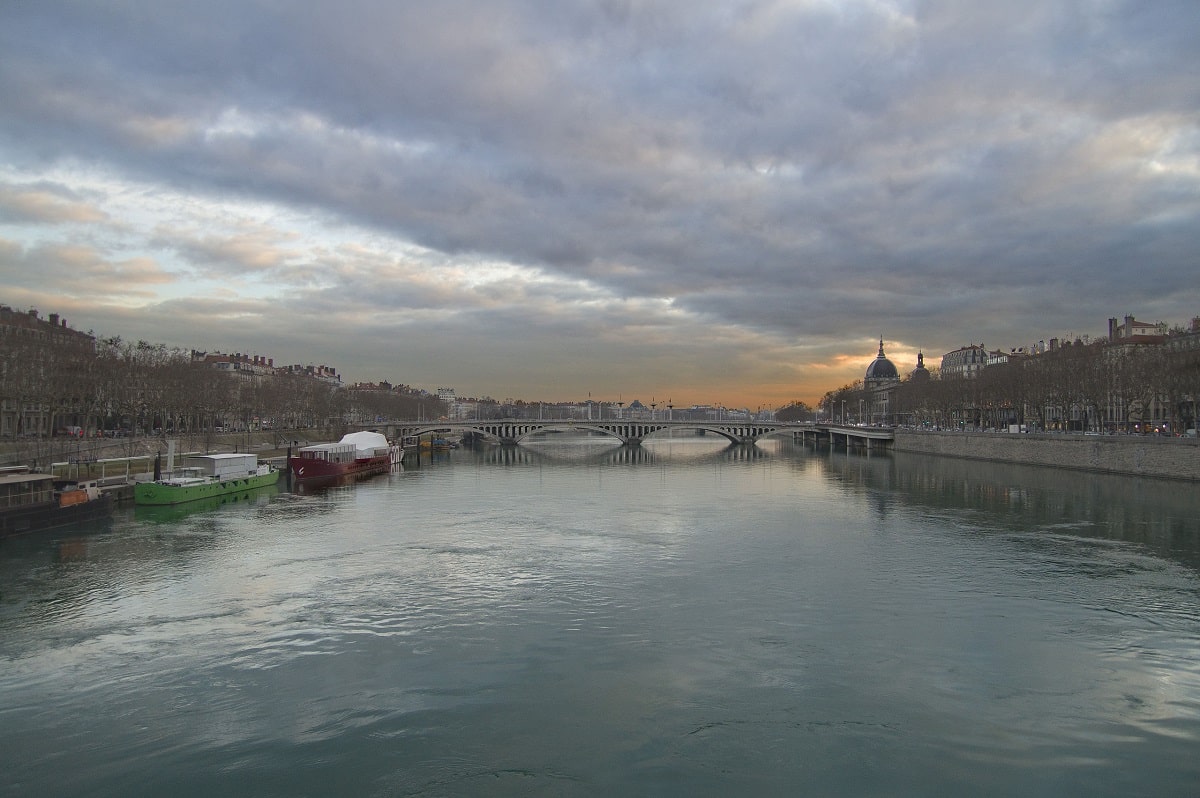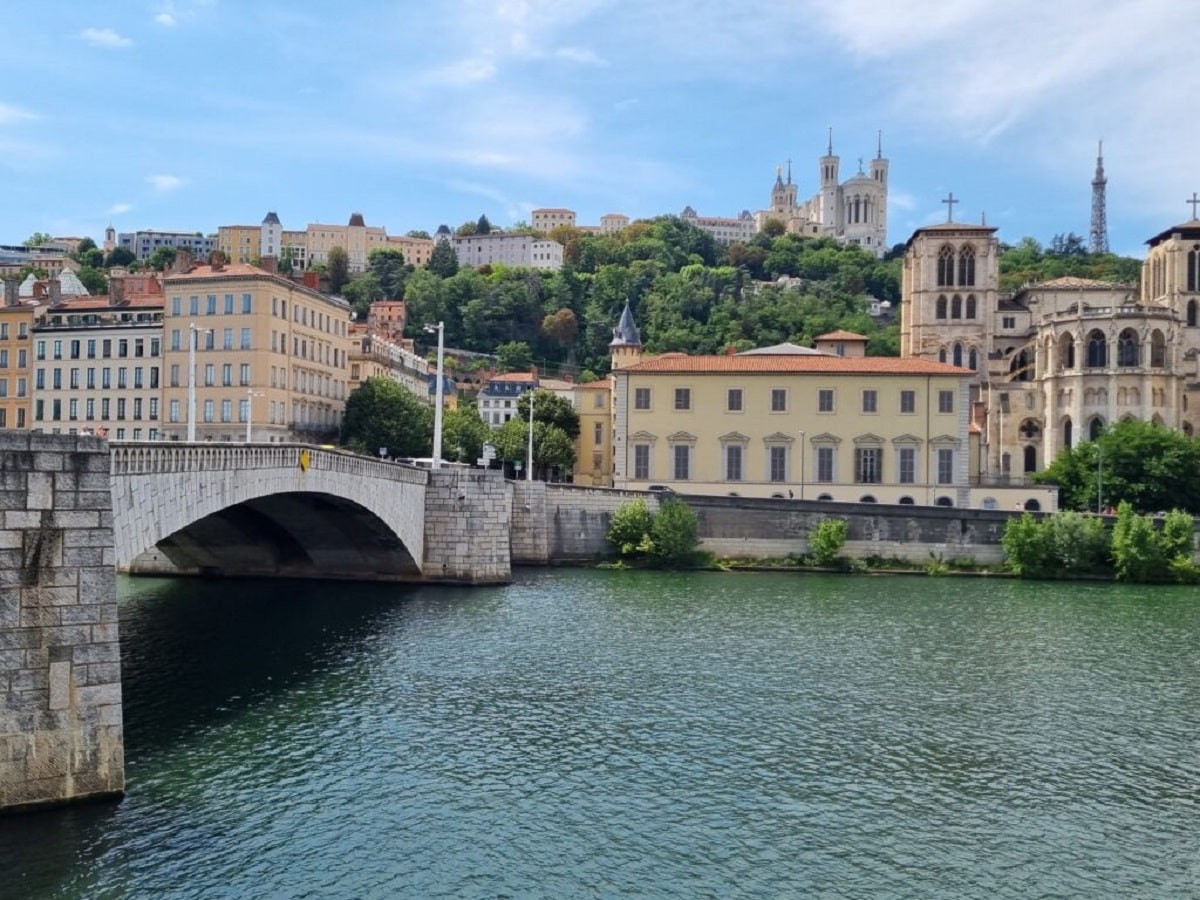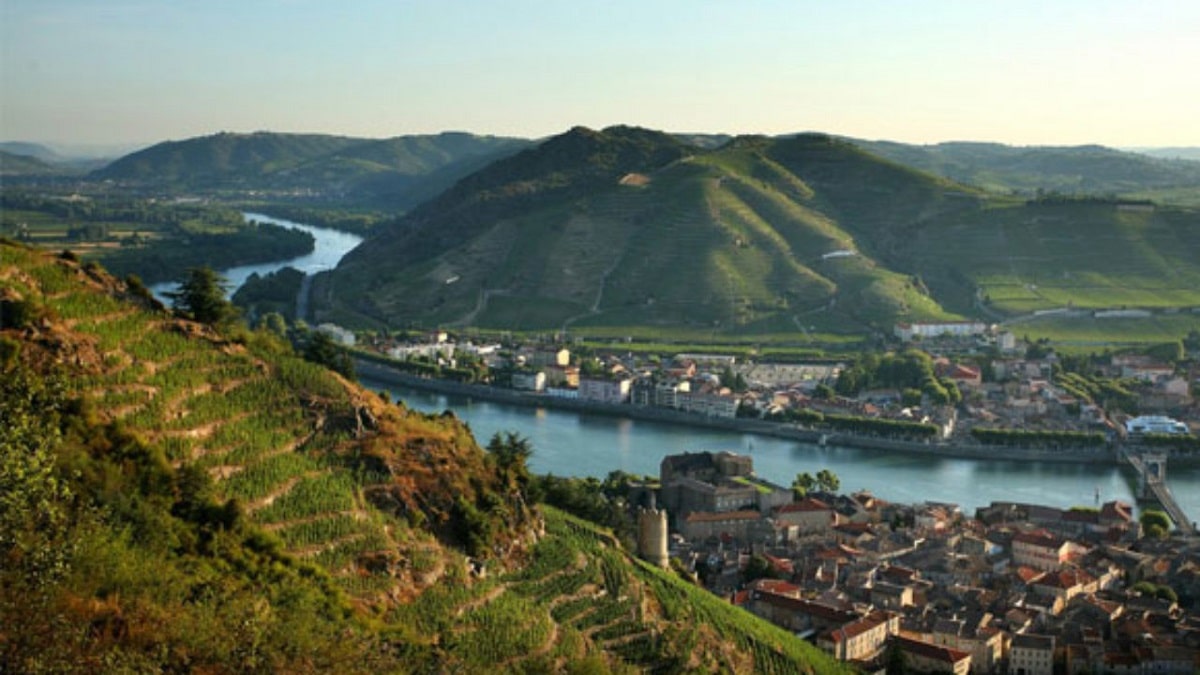
El rhone river It is one of the largest rivers in Central Europe and is considered one of the most important along the Mediterranean coast. It has a large number of rivers that serve as a tributary to increase the flow and turn it into a tourist attraction based on cruise ships. It also coincides with the Duero River, since it belongs to both countries.
In this article we are going to tell you all the characteristics, tributaries and route of the Rhône River.
Origin of the Rhône river

The Rhône River originates from the Rhône Glacier in the Lepontine Alps in Switzerland, at an altitude of about 2209 metres, in the far eastern Valais. The Rhone River is 812 kilometers long, divided into 290 kilometers in Switzerland and 522 kilometers in France. The Rhône estuary is located on Lake Geneva and flows through a glacial valley between the Bernese Alps and the Valaisins Alps.
After passing through Lake Geneva, the Rhône River enters France from the west at the western foot of the Alps, that is, it passes through the city of Lyon, where it joins its longest tributary, the Saône River.
Along its southward course, the Rhône between the Alps and the central highlands. Then, at the highest point in Arles, the river splits into two tributaries, joining the Petit Rhône to the west and the Grand Rhône to the east, thus forming the Camargue delta. After this trip, the Rhône finally flows into the Bay of Lions in the Mediterranean Sea.
Cities through which it passes

In Switzerland, its waters flow through Geneva and the cantons of Valais, through French territory, through Auvergne-Rhône-Alpes, Occitania and Provence-Alpes-Côte d'Azur. Its volume is large because it receives on the left bank the waters of the Alps and on the right bank, through the Saone, the waters of the Highlands of Central France and the Vosges. Beaucaire It has an average flow of 1.650 m3/s and it is considered a flood when it exceeds 5.000 m3/s. The strongest floods were those of 1840, 1856 and 2003 with 13.000 m³/s
These are the cities through which the same river passes throughout its journey from mouth to mouth. This is the river that runs through Geneva.
- Geneva
- Lyon
- Valencia
- Avignon
- Arles
Tributary of the Rhone River
We already know the provinces and cities that run along the Rhône, which, as we have said, passes through Geneva. In the following list you will find the tributaries of the river, ordered from largest to smallest:
- The Shona River is 480 kilometers away.
- Durance River 323,8 km.
- Isere river 290 km.
- Ain river 190 km.
- Cèze river 128 km.
- Katong River 127,3 km.
- The Ouvèze River is 123 kilometers long.
- Ardèche 120 km.
- Drome river 110 km.
- Arve River 102 km.
Main channels of the Rhône river

Its average flow, which is about 1.820 m3/s, and the second is its hydrographic basin of 97.800 km2.
high river bed
The Rhone is known to arise from the glacier of the same name in the Swiss Alps Les Pontines; from meltwater in the far eastern part of the canton of Valais. The glacier is located between the two massifs of the Urano Alps and the Valais Alps.
At Martigny is the bend in the Rhône, where the valley suddenly changes direction, from south-west to north. Before arriving at Brig, the Rhône is fed by the flow of the Massa (6 km), which in turn is fed by the Aletsch glacier, the largest in Europe.
Several rapids and streams feed the Rhône in this valley in the interior of the Bernese (northern) and Valais (southern) Alps. Some of these are Agene, Milibach, Minna, Minstigerbach, and Wysswasser.
Finally, the Rhône receives the waters of the Dranse (14,3 km long) on its left bank before turning sharply north towards Lake Geneva or Leman. This is the main part of Central Europe, about 70 kilometers long, with an area of 582,4 square kilometers, and is also the border between Switzerland and France.
Midstem of the Rhone River
After 290 kilometres, the Rhône enters Swiss territory through the Gorges de l'Écluse. In France, rivers help delimit the provinces of the entire country. Once out of the gorge, it reaches the town of Chanaz, where it forks into two branches, which they meet again after a journey of 15 kilometers. In this area, the banks of the Rhône are protected by the Lavours Marshes National Nature Reserve (Rhône Park).
After leaving La Sauge, Grand Brotteau and des Chevres, the river resumes its course in a northwesterly direction. The Rhône flows into Lyon, where it joins its longest tributary, the Saône. It ends in a stream between the Alps and the central plateau in the south.
low channel
The Rhône leaves the metropolitan area and reaches Givors, where Gère is located, 34,5 kilometers to the left. From now on, our river forms the eastern boundary of the Du Piira Regional Natural Park, and then the Isère (290 km), where the Île Platiers Nature Reserve is located. Then you arrive at the gates of the Midi or the city of Valence.
After reaching Dongzeer, the river splits in two and is shaped like an island more than 20 meters long. On one side we have the natural course of the Rhône and on the other we have the Donzère-Mondragon Canal, which helps to improve navigation, cool the Tricastin nuclear power plant and supply water to the Bollène hydroelectric power station. The Rhône then heads to Codolet, where it receives the 128-kilometre Cèze.
Shortly before reaching Fourques, the Rhône splits in two, with the main channel on the left, called the Grand Rhône, and the Petit Rhône on the right, forming a delta between the two, often called the Camargue. Its main channel, or Grande Rhône, is more than 1 km wide, while the small canal is only 135 meters wide at its entrance.
I hope that with this information you can learn more about the Rhône River and its characteristics.